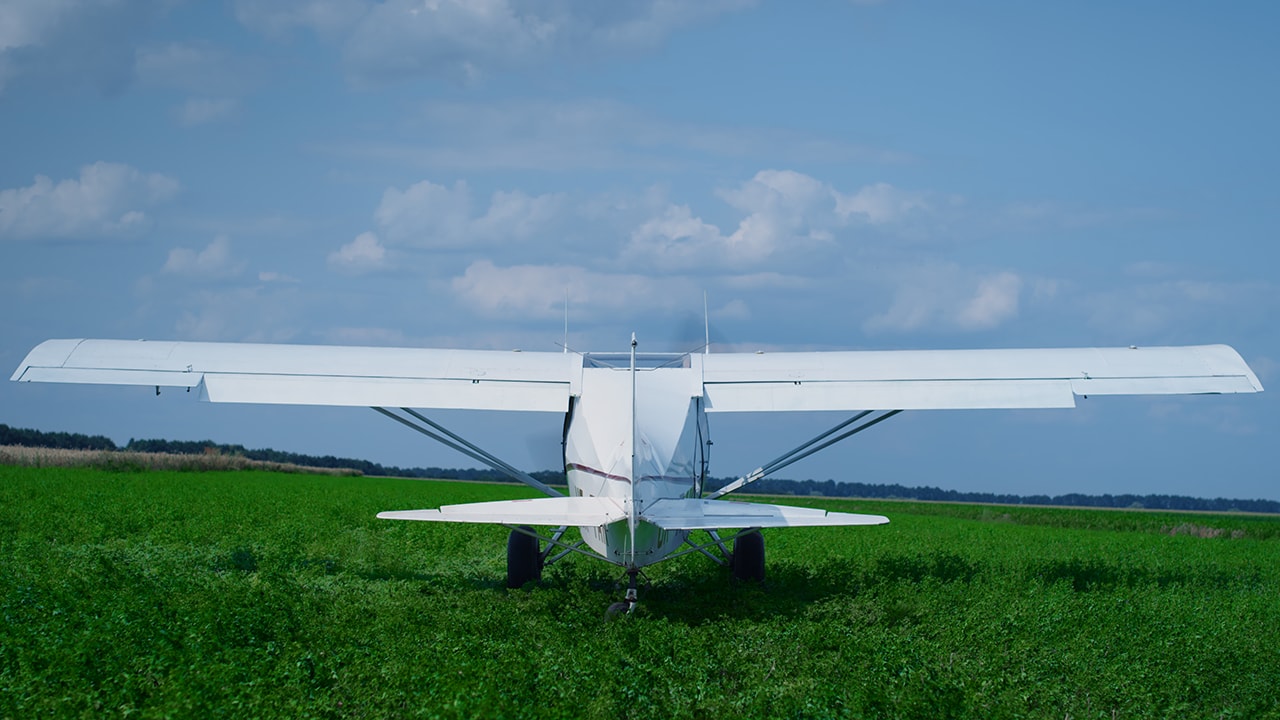Attitude Indicator Markings: Complete Pilot’s Guide
Sep 24, 2024
Reading an Attitude Indicator
Attitude Indicator
Every pilot needs to understand an attitude indicator works. This instrument gives you a quick and easy read of the aircraft’s pitch and bank attitudes so you can control and maintain orientation.
The attitude indicator has a pictorial display of an aircraft, the sky above and the ground below, divided by an artificial horizon line. This helps you quickly understand where you are relative to the horizon.
To help you be more precise the gauge has hash marks, pointers, arrows and lines. These show you the degree of pitch and bank changes so you can make necessary adjustments based on the artificial horizon reference.
As you bank the aircraft the little aircraft on the gauge will roll left or right with the bank. This gives you an instant visual cue to any changes in direction.
When you need exact bank degrees pilots can use the curved banking degree scale on the top of the gauge face. This allows you to get precise bank degree readings so you can control the aircraft accurately.
History and Evolution of Attitude Indicators
The attitude indicator, a cornerstone of aircraft navigation, has a rich history that dates back to the early 20th century. The journey began with the development of the first practical attitude indicators in the 1920s.
These pioneering instruments utilized a spinning gyroscope to measure the aircraft’s pitch and bank, providing pilots with the critical information needed for safe flight operations.
Initially, these early attitude indicators were mechanical marvels, relying on the principle of rigidity in space. The gyroscope, spinning at high speeds, maintained its orientation regardless of the aircraft’s movements, allowing pilots to gauge their pitch and bank angles accurately.
This innovation was a game-changer, especially for instrument flight rules (IFR) operations, where visual references are limited.

As aviation technology advanced, so did attitude indicators. The introduction of vacuum systems in the mid-20th century improved the reliability and accuracy of these instruments.
However, the reliance on mechanical components meant that regular maintenance was essential to ensure their proper functioning.
The digital revolution brought about a significant transformation in attitude indicators. Modern digital attitude indicators, equipped with solid-state accelerometers, offer enhanced precision and reliability.
These instruments have fewer moving parts, reducing the likelihood of mechanical failure and providing pilots with more dependable readings.
Today, advanced attitude heading reference systems (AHRS) integrate multiple sensors, including GPS units and magnetometers, to deliver comprehensive data on the aircraft’s orientation.
This evolution from mechanical gyroscopes to sophisticated digital systems underscores the continuous quest for accuracy and safety in aviation.
Understanding the history and evolution of attitude indicators not only highlights the technological advancements in aviation but also underscores the importance of these instruments in ensuring safe and efficient flight operations.
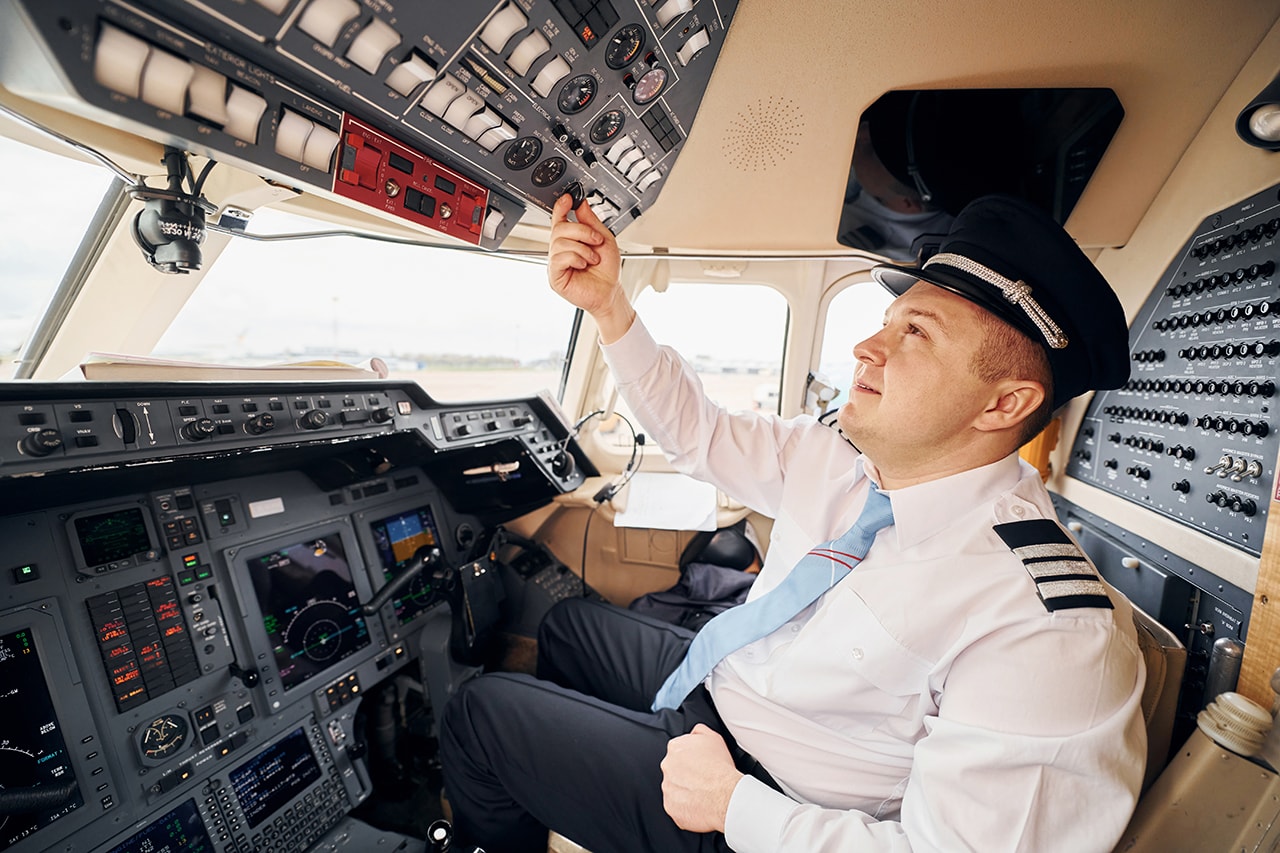
Traditional Attitude Indicators
The attitude indicator is for both IFR and VFR pilots. While it’s crucial for IFR flying, VFR pilots should understand how it works too so you can fly safely.
This instrument simplifies flying by showing you the pitch and bank angles against a horizon. So, you don’t have to look outside to see how you’re oriented. and it helps you maintain control of the aircraft attitude even in challenging conditions.
VFR pilots can benefit big time from understanding traditional attitude indicator, especially if bad weather pops up suddenly. Changing conditions can get tough to fly visually and that’s when this instrument is super useful.
For even more precision, pilots can rely on the heading reference system, which works in conjunction with the attitude indicator to provide comprehensive information about the aircraft’s orientation.
Night, dusk and dawn flying can be tricky because of all the illusions that play with your mind. Experience with instrument flying helps pilots handle these situations better using the attitude indicator to stay oriented.
In IMC the attitude indicator is one of the main tools' pilots rely on. It shows the aircraft’s position in degrees and gives you the critical information to stay safe when visibility is poor.
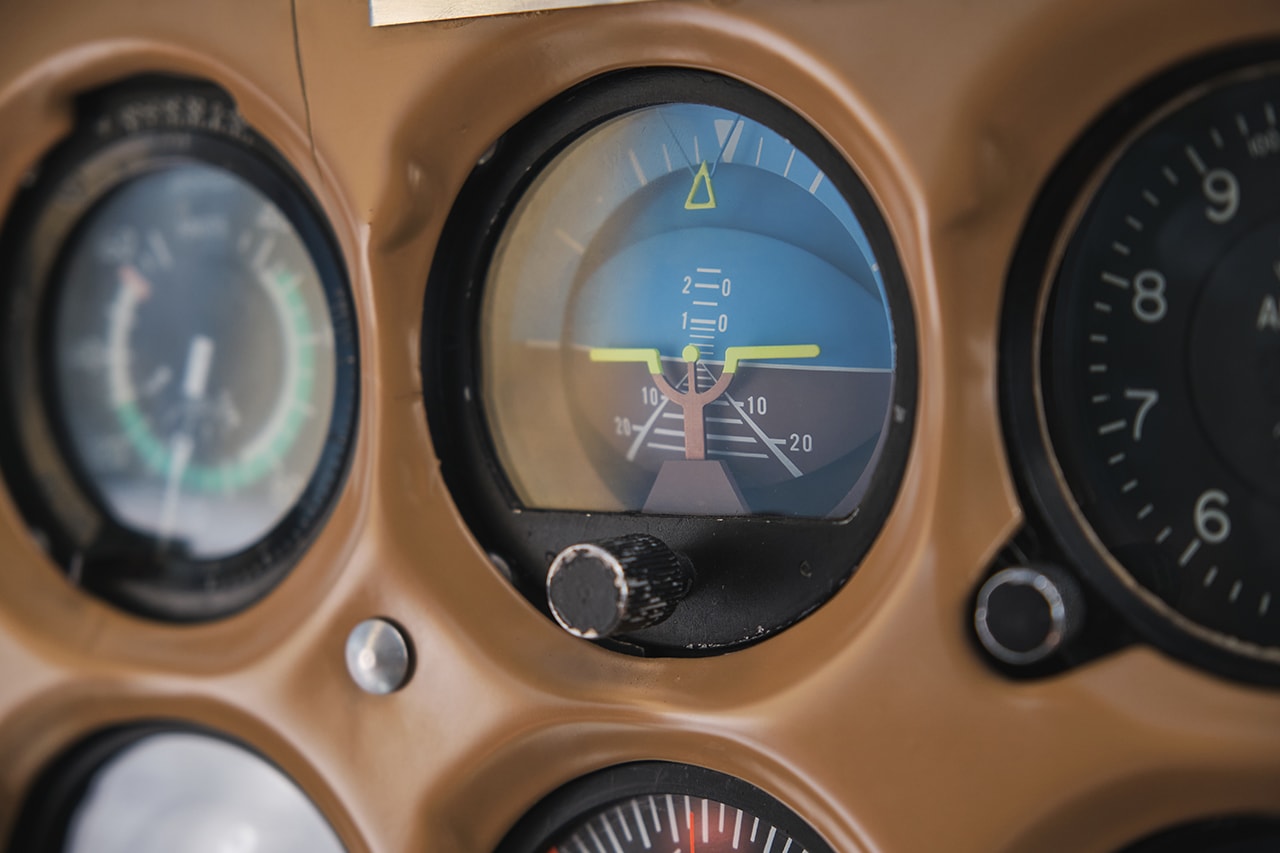
Types of Attitude Indicators
Traditional attitude indicators work with a spinning gyro, using the principle of rigidity in space to show the aircraft’s orientation. These have been reliable tools for pilots over many decades.
Digital attitude indicator uses modern technology, specifically solid-state accelerometers, to measure and display the aircraft’s attitude. This technology provides accurate and dependable readings using less mechanical moving parts.
For advanced glass cockpit aircraft, the attitude heading reference system (AHRS) comes into play. These systems integrate multiple sensors to deliver precise information about the aircraft’s attitude.
Some aircraft are equipped with laser ring gyros (LRGs), which use laser light to calculate the aircraft’s orientation. This method is known for its accuracy and reliability.
All-in-one attitude indicators combine several functions into a single instrument. These comprehensive devices enhance pilot situational awareness by delivering critical flight information in a simplified format.
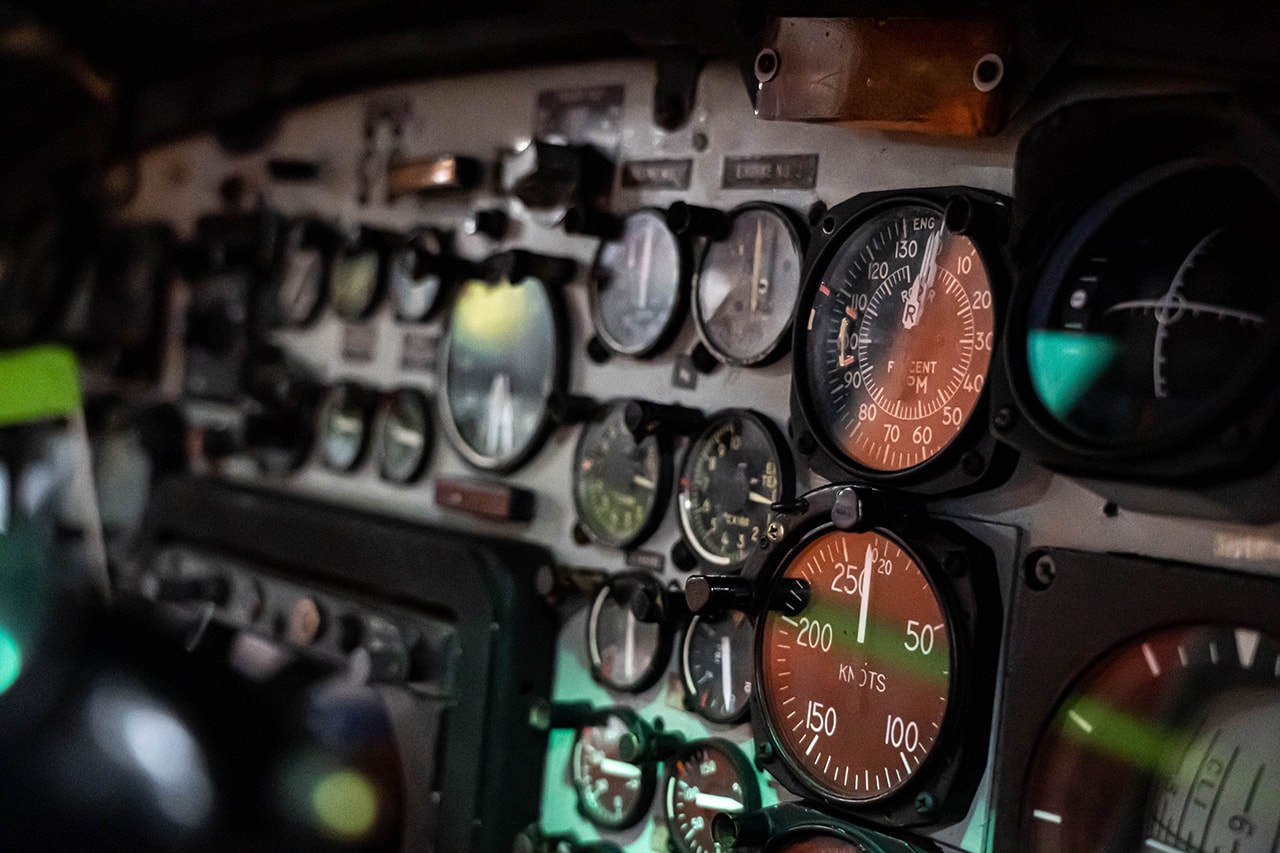
Key Components of an Aircraft’s Instrument Panel
The instrument panel is the pilot's best friend, it gives them all the information they need to manage the flight safely and efficiently.
It has 6 basic instruments that give real time data on various aspects of the flight, including aircraft engine performance and aircraft attitude.
Firstly, there’s the airspeed indicator (ASI) which shows the aircraft speed relative to the air. Knowing the exact speed helps the pilot control the aircraft especially during takeoff and landing.
Secondly the altimeter measures the aircraft altitude above sea level. This is critical for safe flight levels and avoiding obstacles or other air traffic.
Thirdly the vertical speed indicator (VSI) shows the rate of climb or descent. Pilots use this to manage gradual and steady altitude changes.
Also, the attitude indicator (AI) shows the aircraft orientation relative to the horizon so the pilot can see if the aircraft is level during flight.
The heading indicator (HI) shows the direction of the aircraft, and the turn coordinator (TC) helps the pilot understand the rate and coordination of turn and.
And there’s the primary flight displays (PFD) which consolidates all the critical flight information such as attitude, heading and altitude on one screen so the pilot can get the information they need quickly.
This all-in-one system is designed to support the pilot to fly safely and confidently.
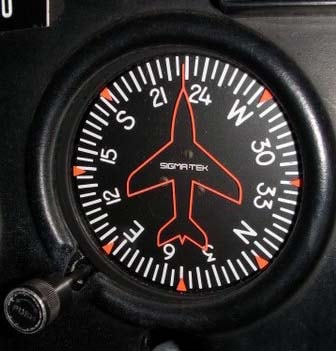
Common Errors and Misconceptions
Attitude indicators, though generally reliable, do have some errors, but rest assured, most can be easily corrected.
Some models of attitude indicators come with an adjustment knob. This handy feature allows pilots to move the miniature aircraft within the display, ensuring their view is accurate.
Older versions of attitude indicators had more restrictive limits, with pitch limits of 60 degrees and bank limits of 100 degrees. The newer models have upgraded these limits, providing miniature aircraft movements with greater accuracy and control.
It's important for pilots to stay aware of potential issues, specifically with the vacuum system that powers some attitude indicators.
A malfunction in this system can adversely impact the accuracy of the attitude indicator.
By understanding and keeping these potential errors in mind, pilots can ensure they maintain a high level of accuracy and safety during flight.
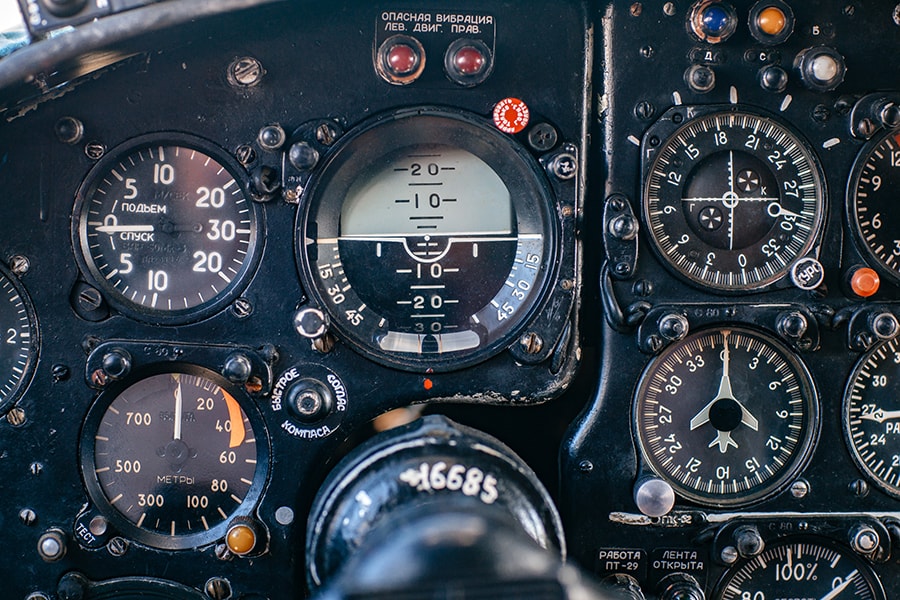
Mastering Attitude Indicator Markings
Mastering attitude indicator markings starts with practice. Pilots should regularly read the instrument in various flight scenarios to become more familiar with its responses and indications.
Understanding the relationship between the attitude indicator and other instruments on the panel is key. This holistic approach ensures that pilots can interpret their current situation accurately and make informed decisions quickly.
For straight and level flight, maintaining a steady pitch and bank angle is essential. The attitude indicator provides the necessary visual cues to help pilots achieve and sustain this balance.
Awareness of the aircraft's orientation relative to the horizon is also crucial. Pilots should adjust the attitude indicator as needed to ensure it accurately reflects the plane's position.
Incorporating these practices consistently will significantly enhance a pilot's ability to utilize the attitude indicator effectively, promoting safer and more efficient flights.
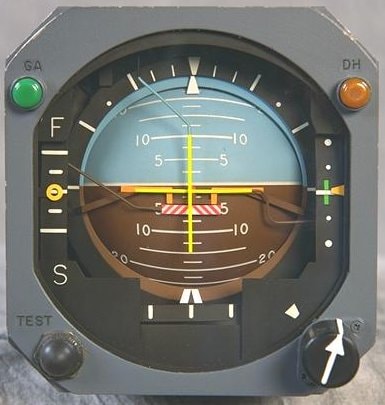
Advanced Attitude Indicator Systems
Modern aircraft benefit from using advanced Attitude Heading Reference Systems, commonly known as AHRS. These systems are designed to give pilots accurate and reliable information about the aircraft’s attitude by combining data from multiple sensors.
One of the key components in AHRS is solid-state accelerometers. These sensors help determine the aircraft’s movements and orientation by measuring acceleration forces in various directions.
Another critical element in these systems is GPS units. By providing precise location data, GPS units contribute to a comprehensive understanding of the aircraft’s position and attitude in real time.
Additionally, magnetometers are used within AHRS. These instruments measure the Earth’s magnetic field to assist in accurately determining the aircraft’s heading.
Some aircraft employ even more advanced technology, such as laser ring gyros (LRGs), to calculate the aircraft’s attitude. These systems, along with providing fundamental attitude data, can offer extra details like bank angle and pitch angle, enhancing pilot awareness and flight safety.
The gyroscopes used in these systems are often gimbaled with a vertical spin axis, allowing them to freely spin and provide accurate real-time data on the aircraft’s pitch and roll attitudes.

Conclusion
The attitude indicator plays a vital role in ensuring safe and efficient flight operations. It provides pilots with crucial information about the aircraft's orientation, allowing them to maintain control and navigate accurately.
Understanding the various types of attitude indicators and how to interpret them is essential for every pilot. This knowledge equips them to handle diverse flying conditions confidently.
Pilots must also recognize and address common errors and misconceptions associated with attitude indicators. Mastering the markings and functionalities of these instruments can significantly reduce the risk of misinterpretation.
Moreover, advanced attitude indicator systems offer additional data that enhance flight safety. By incorporating more precise and comprehensive information, these advanced systems support pilots in making informed decisions, ultimately leading to safer flights.
